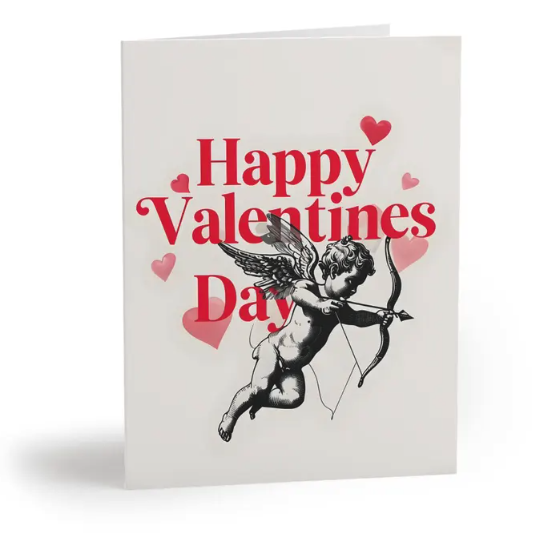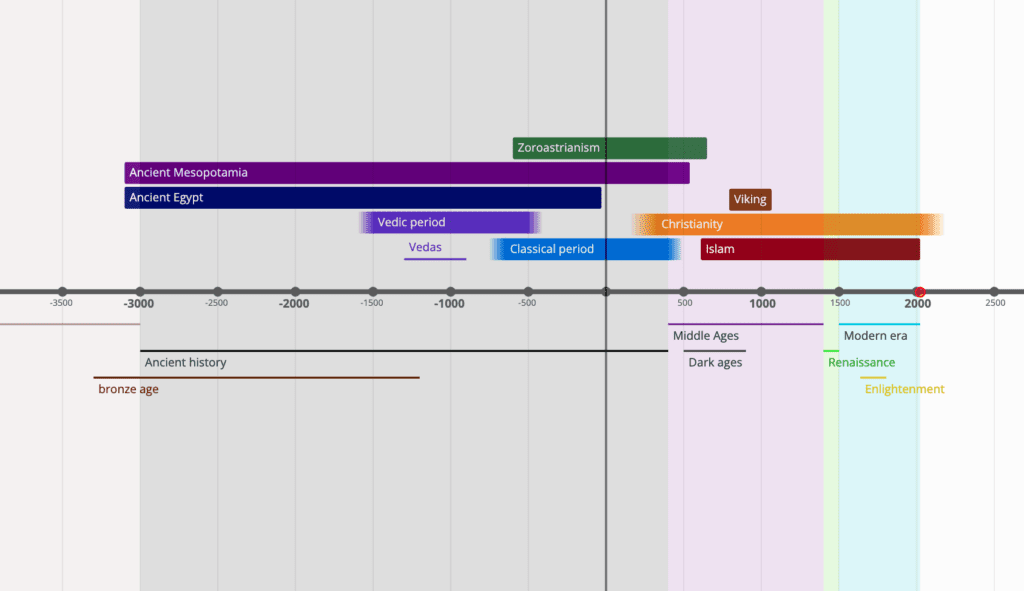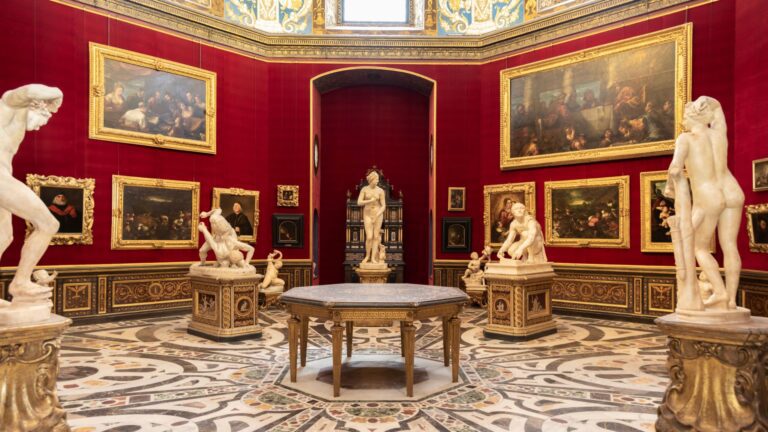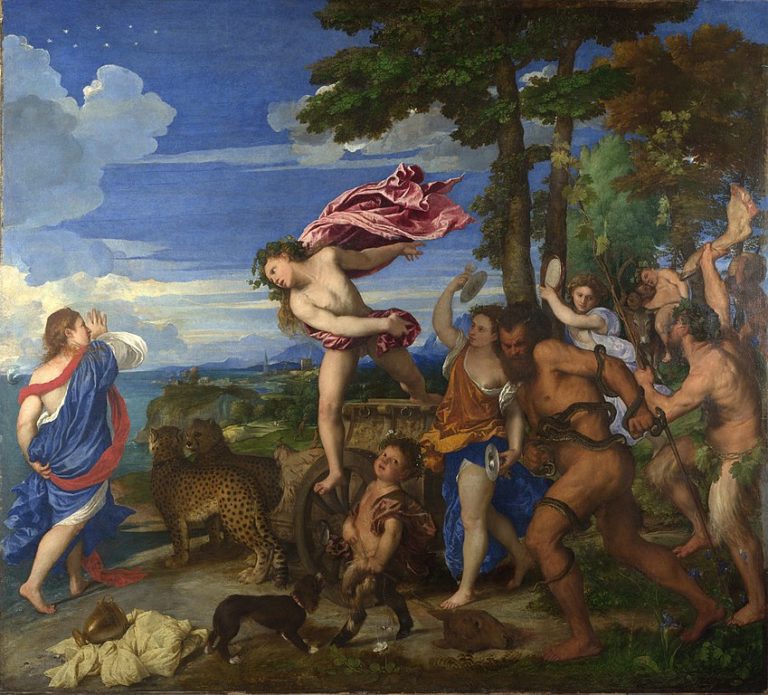
How Did Valentine’s Day Start and Why is Cupid Associated With it?
Valentine’s Day didn’t begin as a celebration of love—nor did it have anything to do with Cupid, the winged baby with his bow and arrow.

I created this timeline with the classical era in mind (Zeus, Athena, Dionysus, etc.). I wanted to visualize their period of prevalence in humanity’s timeline, along with other religious eras that came and went (and remained as mythology).
The timeline is simple (and interactive – you can move, zoom, click, etc). The general periods of humanity are shaded in different colors. These include prehistory, ancient history, the middle ages, the modern era, and other significant periods like the dark ages, renaissance, and enlightenment. (Though the last 4 concern the western world).
And above in the colored tabs, we have the major civilizations or their associated religions.
Note that these are most but not all major religions/civilizations – we’re missing ancient China and Mesoamerica. I wanted to stick to the regions that had strong influences on one another in the ancient past, such as Europe, Africa, the Middle East, and south Asia. Their interactions have contributed to the collection of western myths and religious ideas we know today.

Valentine’s Day didn’t begin as a celebration of love—nor did it have anything to do with Cupid, the winged baby with his bow and arrow.

When we think of Greek or Roman mythology, many of the images that come to mind—Zeus, Athena, Apollo—are shaped by art from the Renaissance era.

Brief overview of Dionysus Initially worshipped as a god of vegetation and fertility, Dionysus later became known for theater, and most famously, as the god
Each month, I share bite-sized learnings on mythology, symbols, and human nature, made simple and memorable.